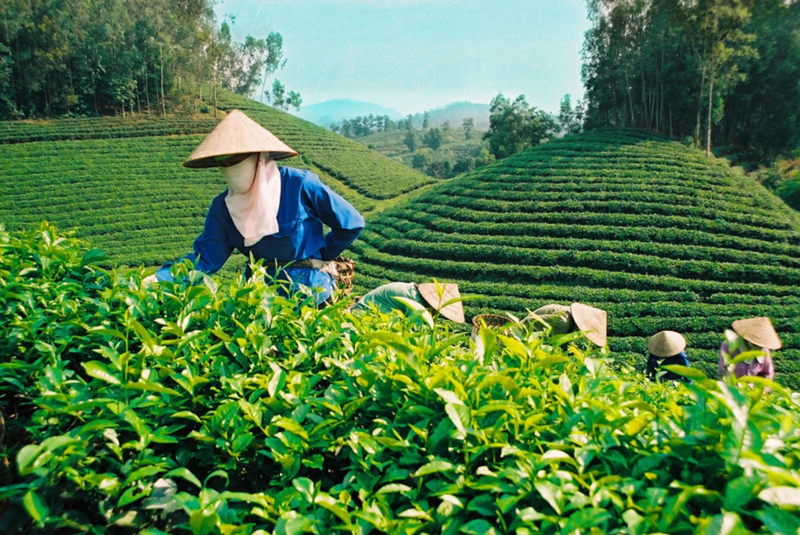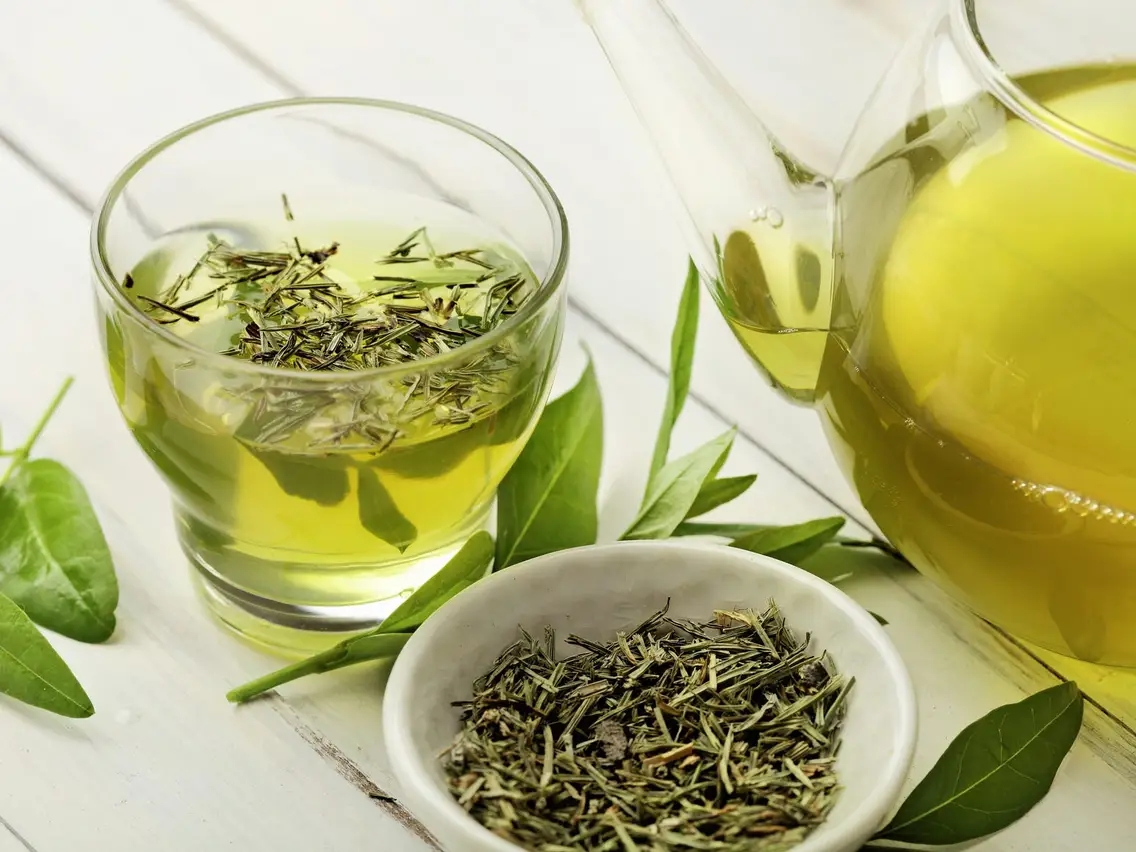This is tea. It is an item closely associated with the people of Vietnam. Our ancestors used to say “tea cups start conversations“. This is because tea is a familiar drink and is often used to entertain guests when they come to visit. In addition, it is also a famous export product of Vietnam, known as “green gold” and has a high export value.
According to the latest data from the General Department of Customs, in 2023, Vietnam’s tea exports reached 121,000 tons, with a value of 211 million USD, decreasing by 17% and 11% respectively compared to 2022. In fact, the average export price of tea in 2023 is estimated at 1,737 USD/ton, an increase of over 7% compared to 2022. However, this price is only 67% of the average world export price for tea (2,600 USD/ton).
| 2017 | 140,000 |
|---|---|
| 2018 | 127,338 |
| 2019 | 137,102 |
| 2020 | 134,000 |
| 2021 | 127,000 |
| 2022 | 146,074 |
| 2023 | 121,000 |
| 150 |
2023 is the lowest year of tea exports in the past 7 years in Vietnam. Chart: Minh Hang
The sharp decrease in Vietnam’s tea exports is due to the decreasing global demand and increasingly strict import regulations in major markets. In 2023, Vietnam’s tea exports to major markets such as Pakistan, Russia, and Taiwan (China) all decreased. Meanwhile, most of Vietnam’s exported tea is in the form of raw materials and has low processing content.
Currently, green tea still accounts for 94% of Vietnam’s total tea exports. This product is mainly processed using traditional drying methods. On the other hand, premium tea products such as Oolong tea, black tea… only account for about 6% of the total tea export volume.
According to the Ministry of Agriculture and Rural Development, Vietnam currently has 34 provinces and cities growing tea, with a total area of about 123,200 hectares. In 2023, the output of fresh tea buds reached nearly 1.1 million tons, equivalent to about 200,000 tons of dried tea. Vietnamese tea is currently exported to 74 countries and territories worldwide.
What are the opportunities for Vietnam’s tea industry?

Instead of using traditional methods, Vietnam’s tea production needs to focus on improving productivity and quality to compete with other products in the international market. Illustration
According to a study by Research and Markets, the global tea market is expected to reach about 37.5 billion USD by 2025. The reason is that people’s lifestyles and awareness of the health benefits of drinking tea are increasing.
Experts believe that although Vietnam has advantages in production and a large cultivation area, in order to capture a share of the world’s billion-dollar market, Vietnam’s tea industry needs to focus on improving productivity and quality. Specifically, the tea industry needs to invest in deep processing, especially high-quality processed tea products, that bring high economic value.
In addition, businesses need to invest in the deep processing of products such as fermented tea, fragrant oolong tea, tea flavored with various flowers… Furthermore, localities should encourage the production of tea with high-tech application, biotechnology…

Green tea is a beverage that brings many health benefits. Photo: BI
Green tea is a popular drink in many cultures and has many important health benefits. According to experts, green tea leaves contain many chemical compounds such as flavonoids, triterpenoid saponins, tannins, caffeine, carotene, essential oils… These compounds have the ability to reduce the risk of cancer, anti-aging, prevent and protect the heart, maintain healthy bones and joints, protect the liver, enhance memory, control blood pressure, reduce the risk of inflammation…
Article references: Customs, Mard, EatingWell, Research and Markets












